Rank Species | Higher classification Cistus | |
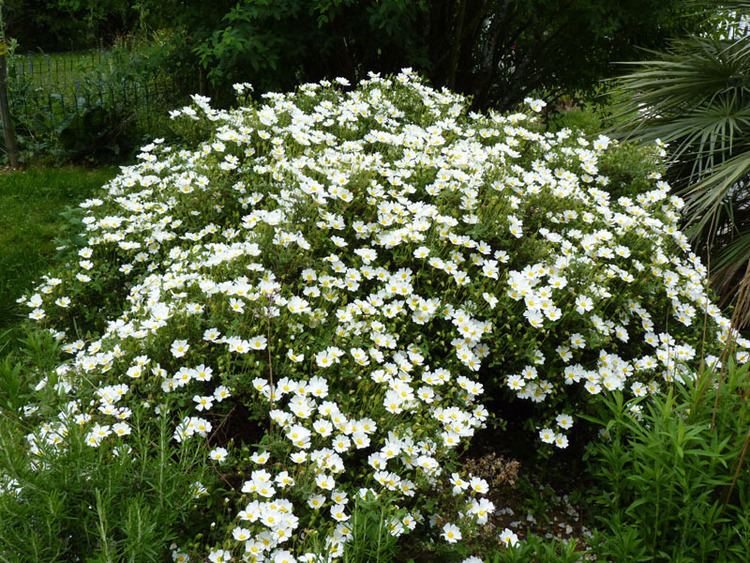 | ||
Similar | ||
Cistus salviifolius sage leaf rockrose
Cistus salviifolius, common names sage-leaved rock-rose, salvia cistus or Gallipoli rose, is a perennial ligneous plant of the family Cistaceae.
Contents
- Cistus salviifolius sage leaf rockrose
- Etymology
- Description
- Cultivation
- Distribution
- Habitat
- Chemistry
- References
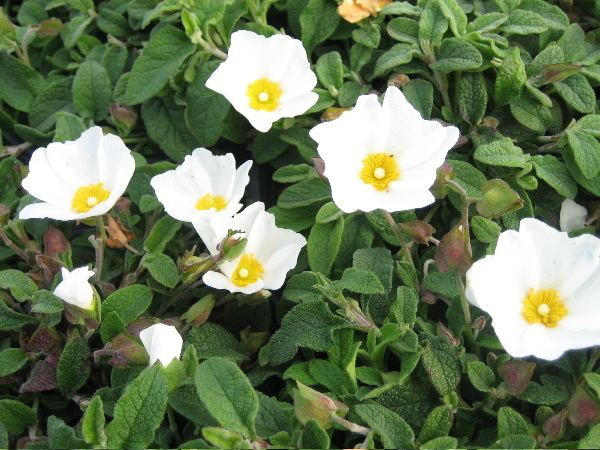
Cistus salviifolius sage leaf rockrose
Etymology
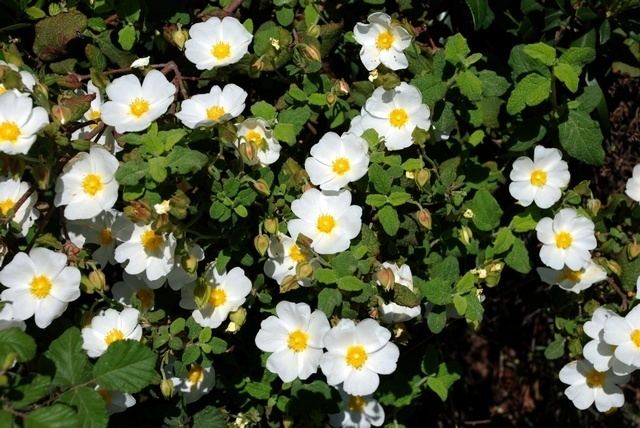
The genus name Cistus derives from the Ancient Greek words κίσϑος (kisthos) meaning basket, while the species name salviifolius refers the wrinkled leaves similar to those of the sage.
Description
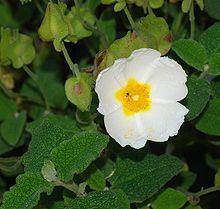
Cistus salviifolius has spreading stems covered by clumpy hairs. This bushy shrub reaches on average 30–60 centimetres (12–24 in) in height, with a maximum of 100 centimetres (39 in). The oval-shaped green leaves are 1 to 4 centimeters long, opposite, reticulate, tomentose on both sides, with a short petiole (2–4 mm).
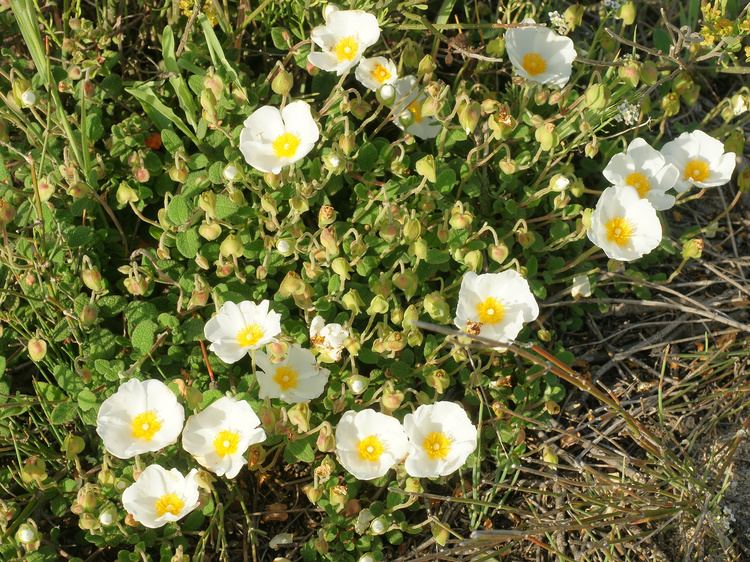
The inflorescence holds one or more round flowers, long-stalked, arranged at the leaf axils. The five white petals have a yellow spot at the base, forming a corolla 4–6 cm in diameter. The stamens are also yellow and the anthers shed abundant yellow pollen. This plant is pollinated by insects entomophily, especially bees. The flowering period extends from April through May. The fruit is a pentagonal capsule, 5–7 mm long.
Cultivation
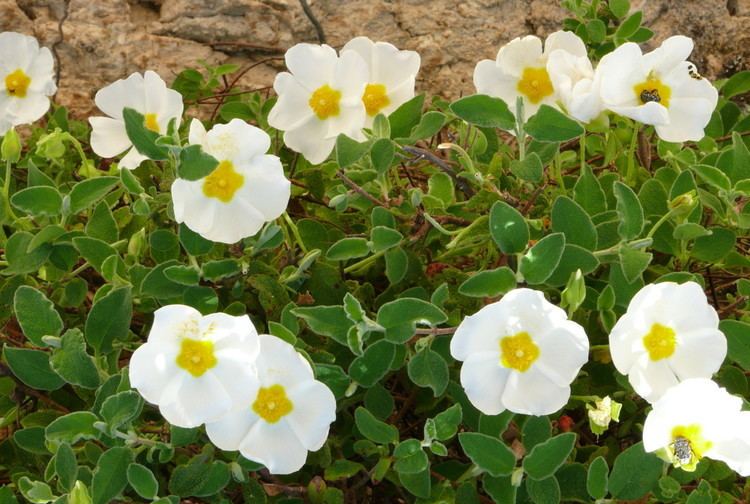
Cistus salviifolius cultivated in the nursery industry, and grown in gardens and public landscapes, often for its drought-tolerant and pollinator habitat attributes.
Distribution
This showy wildflower is native to the Mediterranean region, in southern Europe and parts of Western Asia and North Africa.
Habitat
This plant prefers dry hills, scrubs and open woodlands, at an altitude of 0–1,200 metres (0–3,937 ft) above sea level. It grows very quickly after a fire.
Chemistry
Cistus salviifolius contains flavan-3ols, oligomeric proanthocyanidins and prodelphinidins such as epigallocatechin-3-O-(4-hydroxybenzoate), epigallocatechin-(4β→8)-epigallocatechin, epigallocatechin -3-O-gallate-(4β→8)-epigallocatechin, epigallocatechin-(4β→6)-epigallocatechin-3-O-gallate, 1-O-β-d -(6′-O-galloyl)-glucopyranosyl-3-methoxy-5-hydroxybenzene, epigallocatechin-(4β→8)-epigallocatechin-3-O-gallate, 1-O-β-d- glucopyranosyl-3-methoxy-5-hydroxybenzene and rhododendrin (betuloside). It also contains ellagitannins of the punicalagin type.
